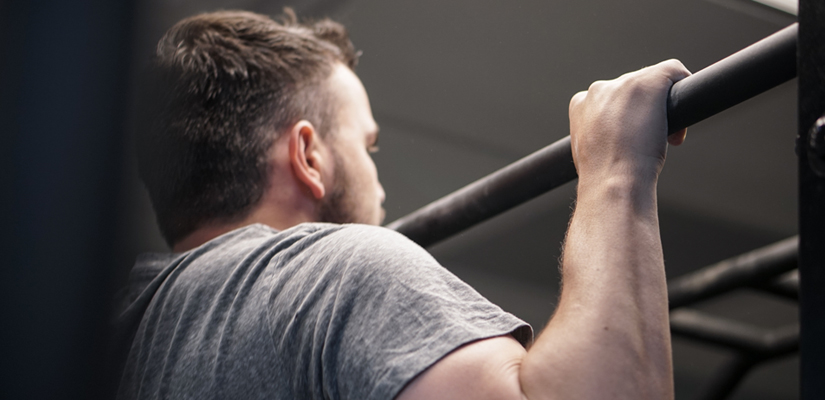Ask A Cycling Coach: 'Should I Be Paying Attention To 'Pulse Ox' Readings On My Garmin Smartwatch?'
Garmin (and other smartwatch manufacturers) recently started allowing users to measure their "bull heart rate." Pulse Ox is a proxy for what scientists call SpO2. Mainly because the blood is saturated with oxygen; the percentage of oxygen-carrying hemoglobin.
Traditionally, SpO2 is measured with a fingertip device. The device illuminates the fingertip and can calculate the percentage of oxygen-carrying hemoglobin by measuring the amount of light refracted and absorbed. Measuring SpO2 is a standard procedure in medicine. But can SpO2 tracking help cyclists, and is the technology used by the best cycling smartwatches accurate enough to make monitoring this data worthwhile? Cycling coach James Sprague explains…
reliability
When measuring something with a new method, it is important to make sure that the new method is compatible with the "gold standard" measurement method. Smartwatch wrist SpO2 measurement is relatively new. Traditionally, SpO2 is not measured at the wrist because blood flow rates are low and results can be affected by venous blood flow; the blood that returns to the heart and lungs after the muscles have removed some of the oxygen.
The good news is that the measurements have been analyzed by Garmin and Apple, so we know what we're dealing with. The results show that there are some differences between the sizes of smartwatches and the gold standard. We can expect a value difference of -2.7-13% between a smartwatch and the gold standard (ABG or arterial blood gas analysis). For reference, it is recommended that SpO2 measurements be within ±3.5% of each other. So you can say that the size is not bad but not amazing.
useful
The next thing we need to consider in any operation is usability or compression... What can we do with the data? Can it inform our teaching?
SpO2 drops when we work hard at intervals. Typically, with a busy session interval of about 8 x 5 minutes, we see a ~threshold drop from ~98 to ~96% per attempt. SpO2 can even drop slightly to 93-94% during very intense exercise. After about 60 seconds of recovery, everything is back to normal.
However, there is currently no real evidence that low SpO2 or length of time low SpO2 is related to exercise adaptation, beyond what we can get from a power meter or heart rate monitor.
The best use case for tracking Pulse Ox
One area where SpO2 monitoring can be useful is when athletes are hiking at high altitude. Athletes typically see a significant drop in SpO2 when they reach altitude camp. However, the SpO2 recovered slowly over the next few days as it acclimated and then stabilized. The level of stability and the rate at which it stabilizes depends on the size and the athlete. As a general rule, I wouldn't start increasing training weights at altitude until the SpO2 has stabilized.
The solution
So will I be paying much attention to the Pulse Axis on my smartwatch? Honestly, not during daily practice. I just don't think it affects the learning process. extra information isn't always good if it doesn't add value. But if you go high camp, I would definitely use the first few days to gauge how well the acclimatization process is going.


